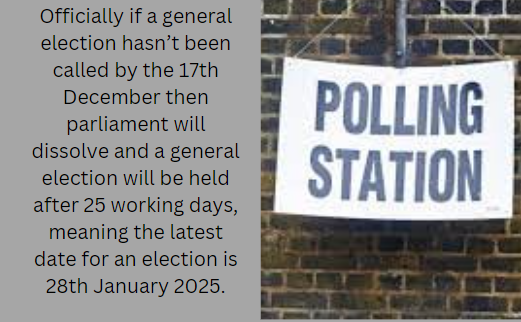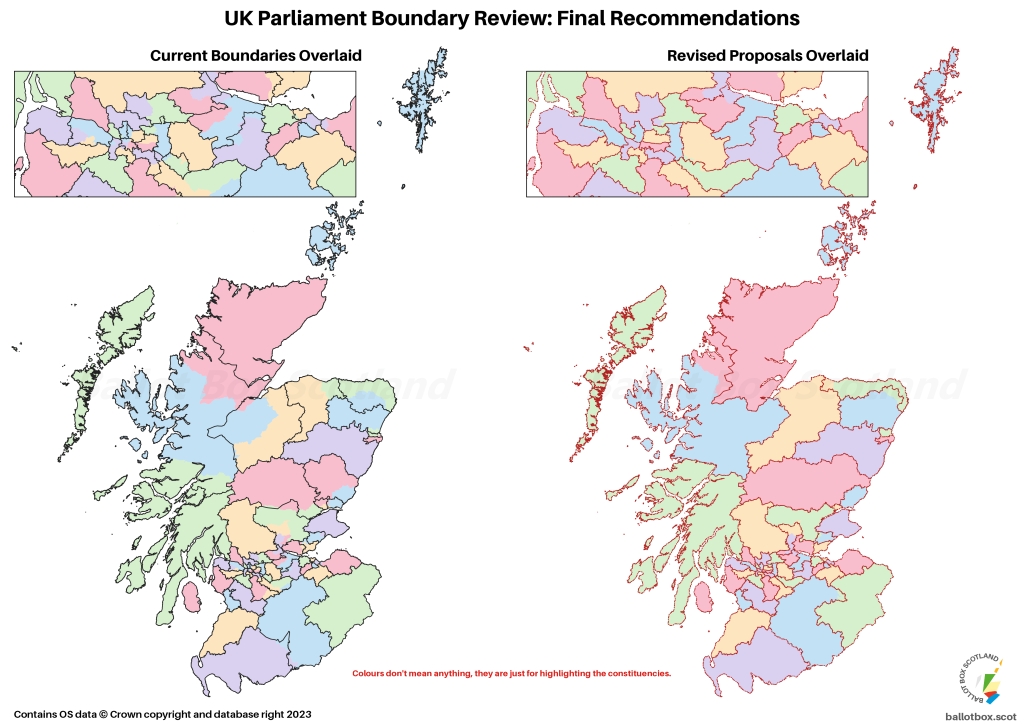With the promise of a general election on the 4th July the entirety of the UK is filled with anticipation for what is to come. The announcement was made outside 10 Downing Street in the pouring rain with D:Ream ‘Things Can Only Get Better’ blasting in the background ended months of speculation.
What is a General Election?
A general election is a national vote which elects Members of Parliament (MPs) to the House of Commons. In the UK there are 650 constituencies and each of these has a seat in the House of commons. Each constituency elects a candidate who will take on the role of MP and represent the local community, vote on bills and hold the government to account.
Candidates my represent a political party but can also stand as independents
How does voting work?
The UK has what is known as a first past the post voting system; this is where voters will cast a single vote for a single candidate. Registered voters in each constituency cast there vote either in person or by post and the candidate with the most votes wins the seat.
Nationally the party with the majority of seats wins the election and forms the government on the invitation of the monarch, in UK’s case a majority or ‘post’ is 326 seats.
If a majority is not reached the party with the most amount of votes has two options. Option one is to make a deal with another party to get them over the post; this is known as a coalition government the most recent example of which was in 2010 between Conservative leader David Cameron and Liberal Democrat Leader Nick Clegg. Option two is to work as a minority government which means relying on other parties votes to pass legislation, the most recent example of this was in 2017 with Conservative leader Theresa May.
What happens to Parliament before an election?
Before an election the Prime Minister has to ask the monarch to ‘dissolve’ Parliament. MPs will lose their status and become candidates and campaign for re-election if this is what they chose to do. The government will enter ‘purdah’ which is a pre-election period which restricts ministerial and departmental activity during the election campaign.
Who can vote in an election? Who can stand in an election?
To stand in a general election candidates must be:
- Be over 18 years old
- A British, Irish or Commonwealth citizen
- Not be a member of the police, army of civil service
- Cannot be subject to a bankruptcy order
To vote in a general election you must:
- Be over 18 years old
- Be a British, Irish or Commonwealth citizen
- Be registered to vote in your constituency
- Have a form of photo ID
- Not be imprisoned
- Not be in the House of Lords
What happens the day after an election?
Some constituencies don’t call there results until the early hours of the morning: but once all constituencies have been called the leader of the party with the majority is invited to meet with the monarch. The monarch will then invite the leader to form a government in there name and the leader of the second largest party will become leader of the opposition. The process of choosing cabinet members begins and various roles are given out within the party.
How often are general elections called?
The latest a government can call a general election is the fifth anniversary of the first session of the current parliament. But the Prime Minister can call an election any time within that five year period. 25 working days are then allowed for an election campaign to take place before the election is held.





![The image is a detailed map titled "Alyn and Deeside." It shows a region with various labeled areas, each with a number and population count. The map is marked with a scale in the top left corner indicating 0 to 5 kilometers. The region is outlined in green with internal divisions. Each area is numbered from 1 to 23, with corresponding names and population figures listed on the right and left sides of the map. The map is credited to the Crown copyright and database rights [2023] OS [100047875] and the Boundary Commission for Wales, represented by a red dragon logo in the bottom left corner.](https://theaworddigital.blog/wp-content/uploads/2024/02/alyn-and-deeside_e.jpg?w=724)



